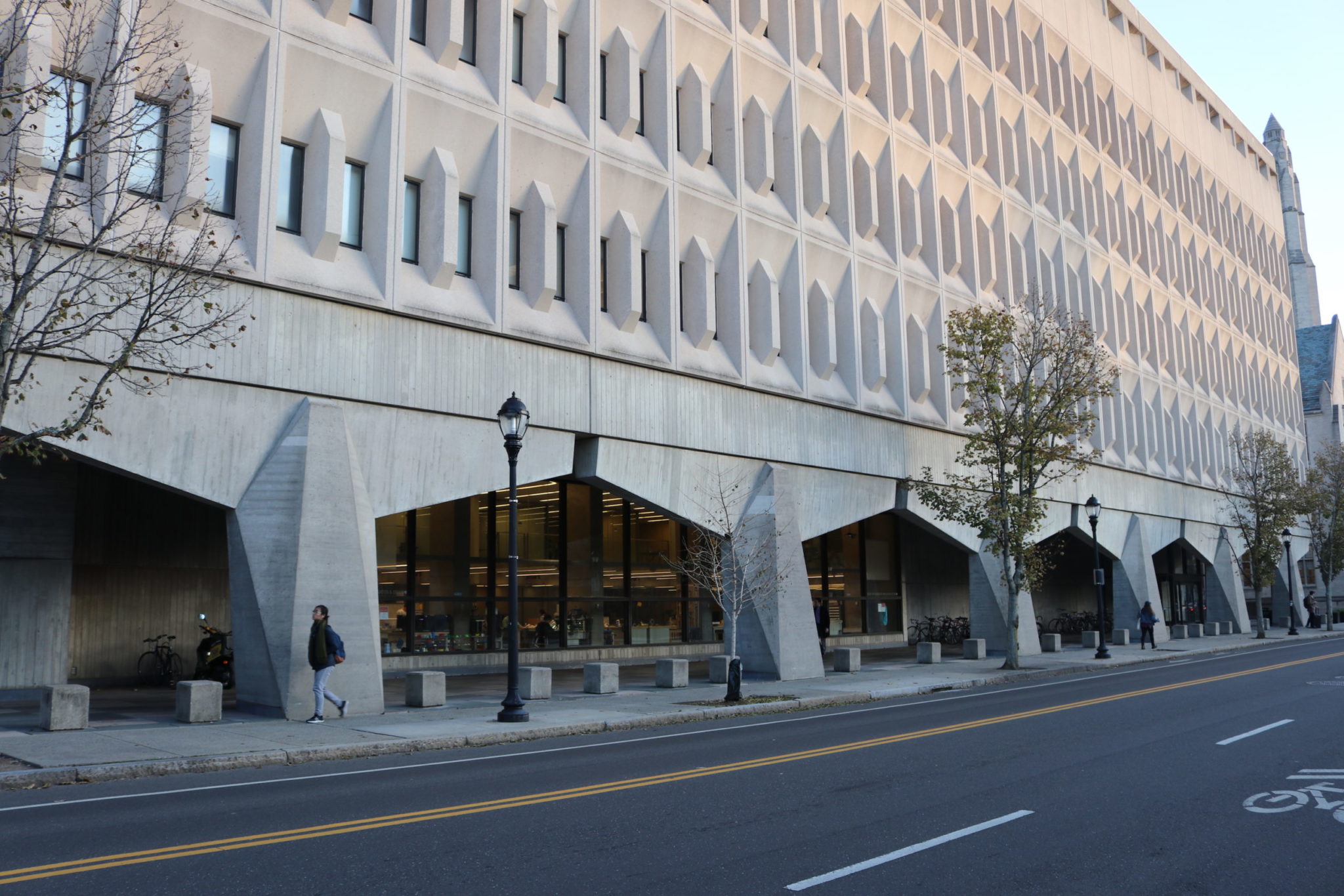New Haven, Connecticut, possesses a rich and diverse architectural heritage, notably distinguished by its significant collection of modernist masterpieces alongside well-preserved historical styles. The city serves as a remarkable repository of American architectural evolution, largely influenced by the presence of Yale University.
Yale University: A Patron of Architecture
Yale University has played a pivotal role in shaping New Haven's architectural identity. For over a century, the university has commissioned leading architects to design its campus buildings, resulting in an extraordinary concentration of works by modern masters. This commitment has made the campus an open-air museum of 20th and 21st-century architecture.
Prominent Architectural Styles
- Collegiate Gothic: Exemplified by many of Yale's residential colleges and libraries, designed primarily by James Gamble Rogers in the early 20th century. Sterling Memorial Library and Harkness Tower are prime examples.
- Georgian and Federal: Visible in historic structures around the New Haven Green and within older parts of the Yale campus, reflecting the city's colonial past. Connecticut Hall at Yale is a notable instance.
- Modernism: New Haven is internationally renowned for its modernist buildings. This broad category in the city includes significant examples of:
- International Style and Mid-Century Modern: Characterized by functional design, new materials, and clean lines.
- Brutalism: Paul Rudolph's Art and Architecture Building (Rudolph Hall) is an iconic, albeit controversial, example of this imposing style.
Key Architects and Landmark Buildings
Several Pritzker Prize laureates and influential architects have left their mark on New Haven with iconic structures:

- Louis Kahn: Designed the Yale University Art Gallery (1953), his first significant commission, and the Yale Center for British Art (1977), both celebrated for their masterful use of light, space, and materials.
- Eero Saarinen: Contributed the highly expressive Ingalls Rink (1958), colloquially known as the "Yale Whale," and the distinctive Morse and Stiles Colleges (1962).
- Paul Rudolph: As chair of Yale's Department of Architecture, he designed the aforementioned Rudolph Hall (1963), a defining work of Brutalist architecture.
- Gordon Bunshaft (of Skidmore, Owings & Merrill): Designed the Beinecke Rare Book & Manuscript Library (1963), famous for its windowless façade of translucent Vermont marble panels that protect the collection while admitting diffused light.
- Philip Johnson: Contributed several buildings, including the Kline Biology Tower (1966) and the Yale University Department of Geology and Geophysics building.
- James Gamble Rogers: His prolific work in the Collegiate Gothic style largely defined the character of Yale's central campus earlier in the 20th century.
Urban Context and Preservation
Beyond Yale, New Haven's architectural character is also defined by the historic New Haven Green, a National Historic Landmark. It is bordered by three historic churches: Center Church (Congregational), United Church (Congregational), and Trinity Church (Episcopal), showcasing different classical revival styles. The city's original "Nine Square Plan," laid out in 1638, provides a foundational urban grid that continues to influence its development. Efforts in historic preservation aim to protect this diverse architectural legacy while accommodating new growth.





